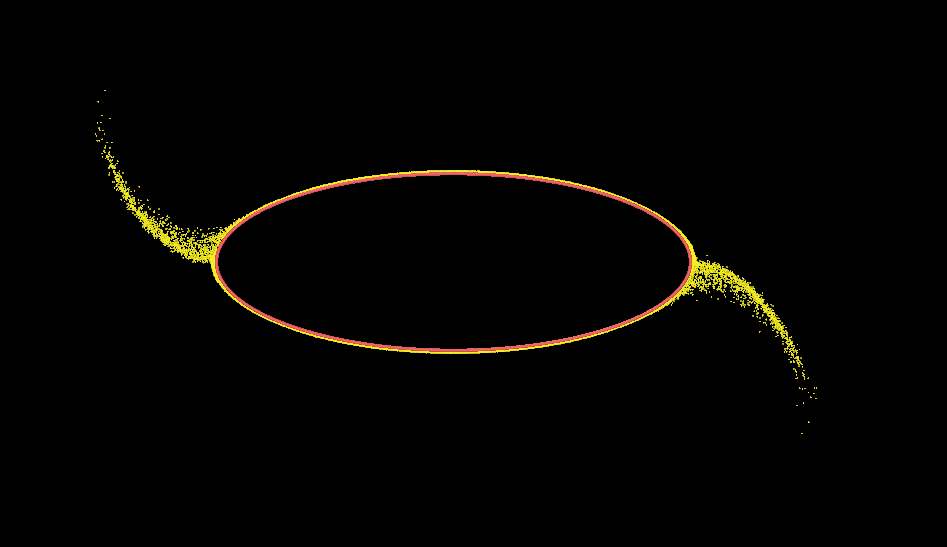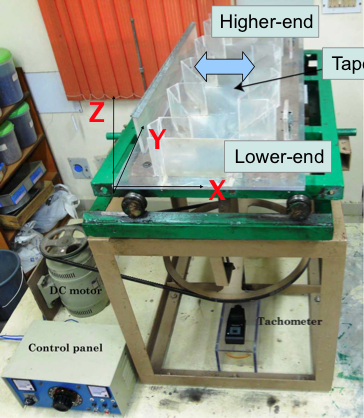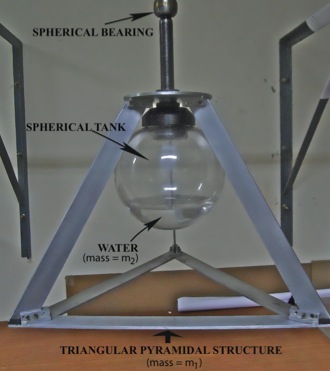APPLIED MECHANICS LABORATORY

Mechanics & Applied Mathematics group Mechanical Engineering Indian Institute of Technology Kanpur
Then we formulate our understanding of these systems into mathematical equations, which are based upon the laws of physics. These equations may turn out to be extremely complex. They are then tested and solved with the help of sophisticated mathematical tools on the high performance computers of our laboratory.
Research projects
Ploughing process:
We estimate forces during ploughing of a granular bed by performing experiments. Click to know more !
Granular chute:
We report experiments performed on granular flows over an inclined and spring-supported base. We observe the energy profiles of steady granular flow and compare our
findings with simulations. Click to know more !
Asteroids:
Avalanches on asteroids: Theory and Simulations. Modelling of shallow granular flows on simple
non-axisymmetric cores using using continuum mechanics and an open source
software called LAMMPS. Click to know more !

Grain Sorter:
Click to know more !

Fluid slosher
The liquid contained in the spherical tank, which is located at the center of the pendulum structure, is sloshed by imparting motion to the structure. The pendulum models have been drawn/marked on the top of the two photographs (on the right) to show the setupís resemblance with the mathematical model of that of a double spherical pendulum. The Euler angles of the compound pendulum structure, and their rates, are observed and tracked using the digital camera system set up in our lab.
Click to know more !
